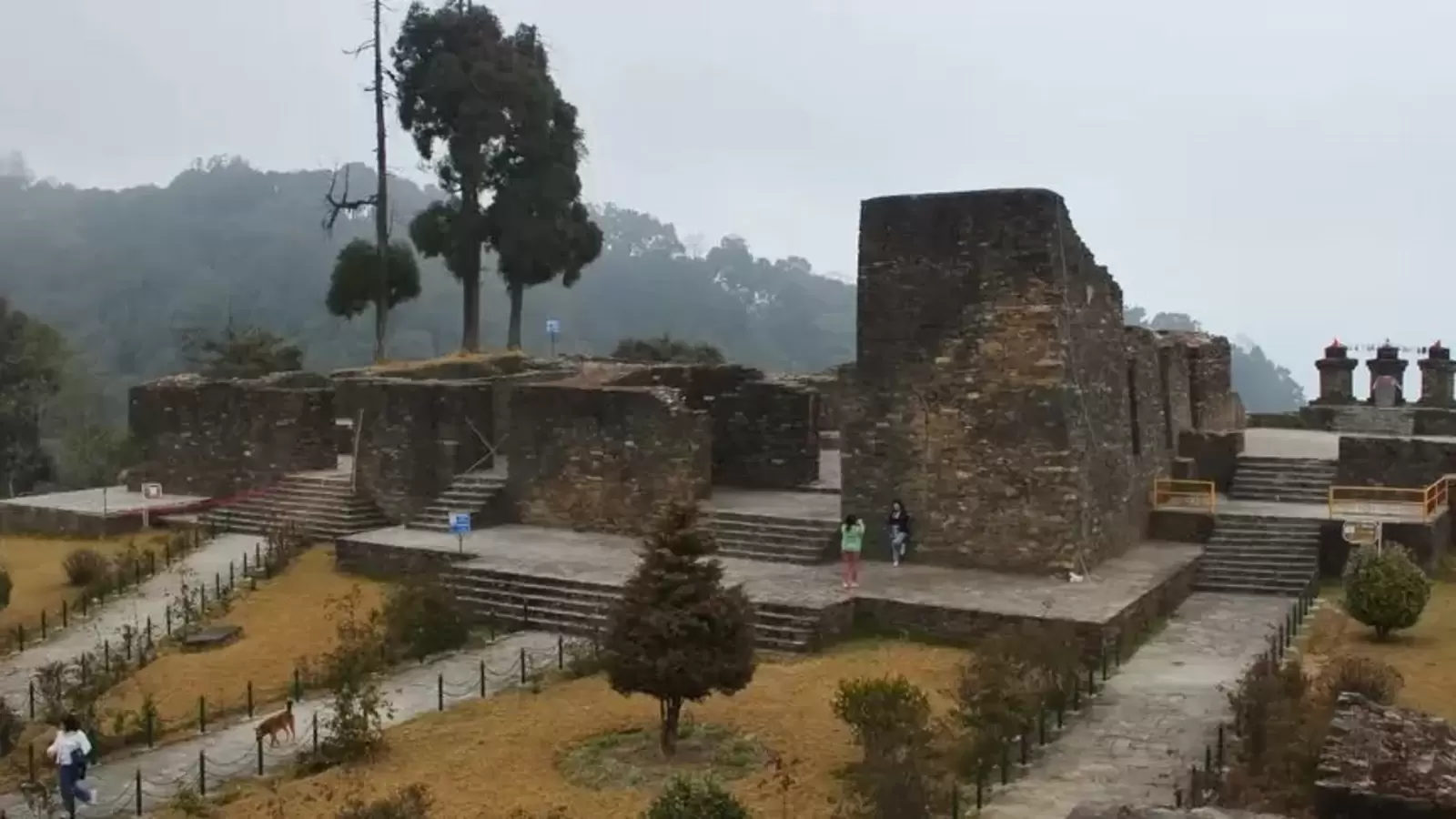[ad_1]
Monday, May 16, marks 47 years since Sikkim officially became a state of India. Union home minister Amit Shah, commerce minister Piyush Goyal, Lok Sabha speaker Om Birla, and a host of other leaders took to Twitter to greet the people of Sikkim on the occasion.
Here’s how the Himalayan state came to join the Indian Union:
(1.) In 1950, three years after India’s independence, a treaty was signed between Sikkim and the Republic of India. Under the agreement, the former continued its status as a ‘protectorate’ state within the Union of India.
(2.) A protectorate state is a smaller country which is protected by a larger, sovereign nation. Such a state has autonomy over its internal affairs, while the larger country controls policies such as foreign affairs, defence, communications etc.
(3.) By 1970s, Sikkim’s ruling Chogyals had become increasingly unpopular, and calls, seeking the now-former kingdom’s integration with India, began to rise.
(4.) In September 1974, the Chogyals called for a referendum. In April next year, after an appeal by the Prime Minister of Sikkim, the Indian Army entered and took control of the kingdom.
(5.) In the subsequent referendum, as many as 97.5 per cent participants voted in favour of joining India, while 2.45 per cent voted against the proposal.
(6.) On May 15, 1975, then-President of India, Fakhruddin Ali Ahmed, signed a constitutional amendment, and, a day later, Sikkim became the 22nd state of India; the position of the Chogyal was abolished as well.
(7.) Today, Sikkim has a population of more than 610,000 with its Capital at Gangtok. Each year, it marks its statehood day with a holiday and a series of events.
[ad_2]
Source link


